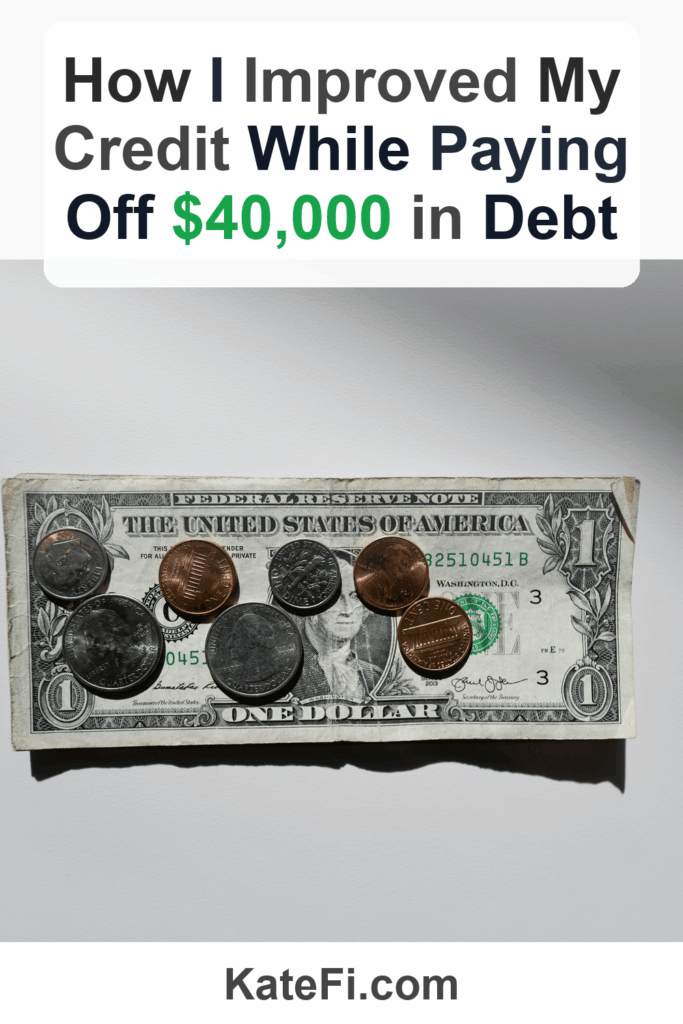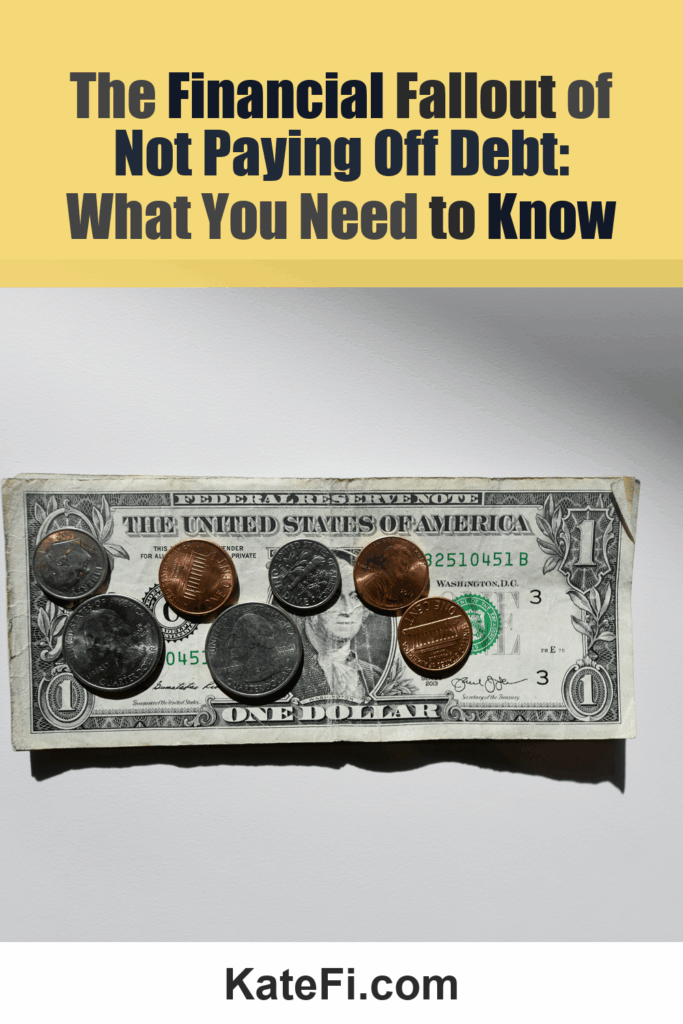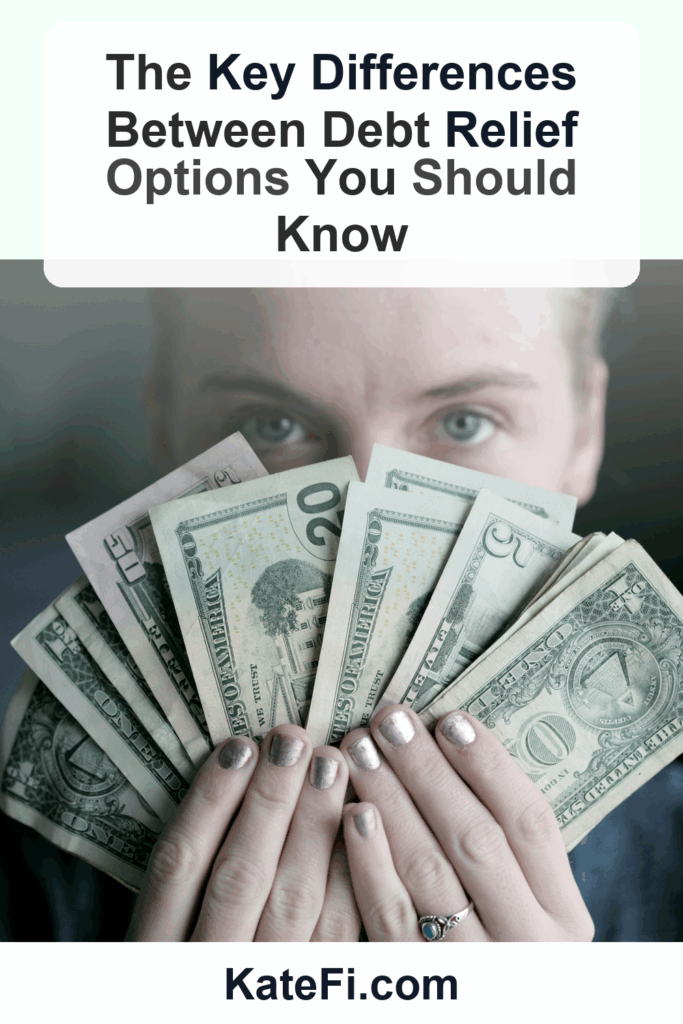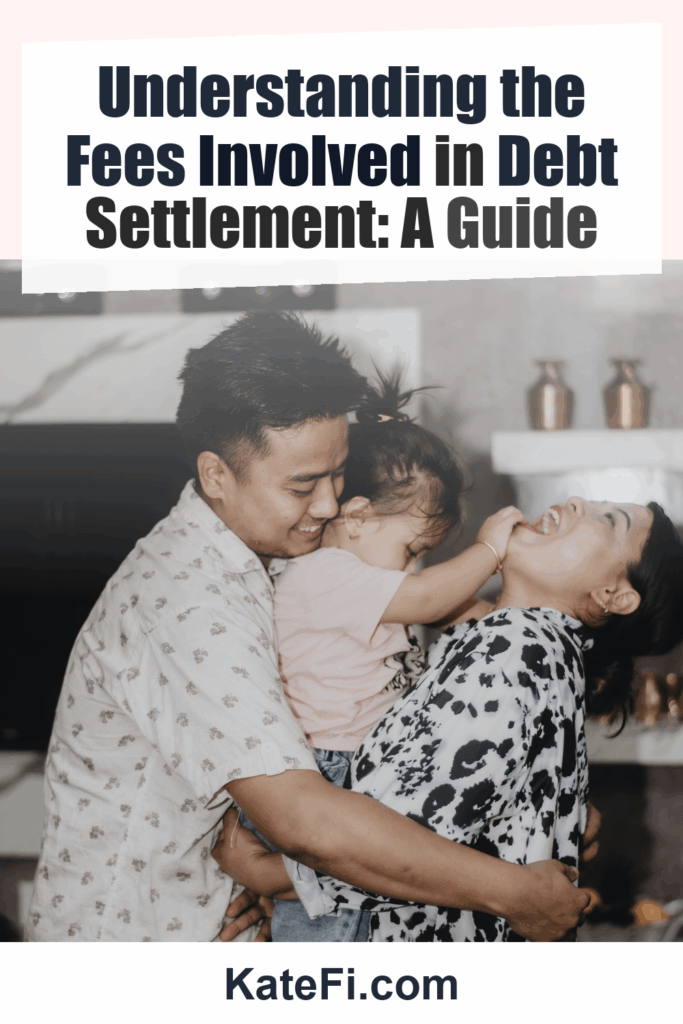Love our content? Show your support by following us — pretty please!🥺
FOLLOW ON PINTEREST
Hi! I’m Kate, the face behind KateFi.com—a blog all about making life easier and more affordable.
👉 Start Your Free Debt Relief Review
Not available in IL, KS, OR, TN, UT, WV.
How to Create a Budget Framework to Pay Off $10,000 in Debt in 18 Months
Are you facing the daunting challenge of $10,000 in debt and wondering how to tackle it in a manageable way? Creating a structured budget framework can be the key to not only paying off your debt but also establishing healthy financial habits that stick. Here, we’ll guide you through effective budgeting tips and common pitfalls to avoid, with the goal of achieving your debt relief in 18 months.
Understanding the Importance of a Budget Framework
Before diving into the specifics, it’s crucial to understand why having a robust budget framework is essential. A solid budget not only helps you track your income and expenses but also provides a roadmap for financial success. By setting clear financial goals and adhering to a well-thought-out plan, you can break free from the shackles of debt.
#### The Magic of Budget Resets
As life changes, so should your budget. Regularly resetting your budget allows you to adapt to new circumstances and reinforces your commitment to your financial goals. This practice can help you to assess your progress, identify areas for improvement, and most importantly, establish a sustainable approach to debt repayment.
Pro Tips for Creating Your Budget Framework
#### 1. Gather Essential Documents
To start, gather the necessary documents that will give you a clear view of your financial landscape. This includes:
- Recent pay stubs
- Bank statements
- Credit card statements
- Any outstanding loan documents
- Monthly bills
By compiling this information, you’ll have a comprehensive overview of your income and expenses, allowing for a more effective budgeting process. The sooner you can get a clearer picture of your finances, the sooner you can start making progress toward your goals.
✅ See If You Qualify for Debt Relief
#### 2. Analyze Your Income and Expenses
Start by documenting your monthly income and categorizing your expenses into fixed (e.g., rent, utilities) and variable (e.g., groceries, entertainment) categories. Here’s a simple checklist to guide you through this process:
- Calculate Total Monthly Income: Include all sources of income.
- List Fixed Expenses: Rent, utilities, insurance, loan payments.
- List Variable Expenses: Dining out, shopping, subscriptions.
- Identify Discretionary Spending: Determine areas where you can cut back.
Example of a Simple Budget Table
| Category | Amount ($) |
|---|---|
| Monthly Income | 3,500 |
| Fixed Expenses | 1,800 |
| Variable Expenses | 700 |
| Discretionary Spending | 300 |
| Total Debt Payment | 700 |
| Remaining Balance | 0 |
3. Set a Realistic Payment Goal
With $10,000 in debt, breaking it down into monthly payments makes it manageable. Dividing this amount by 18 months gives you a target monthly payment of approximately $555.55. But don’t stop there—consider additional payments if possible, especially from any surplus found in discretionary spending.
4. Create an Emergency Buffer
One of the significant pitfalls in budgeting is the absence of an emergency fund. Life happens—unexpected expenses arise, and without a buffer, you could find yourself falling back into debt. Aim to set aside at least $500 to $1,000 as a small emergency fund, which will give you peace of mind while pursuing your debt relief goals.
#### The Importance of Prioritizing Debt Payments
As you allocate your funds, prioritize high-interest debt first. This strategy will help you save money in the long run. Consider the snowball or avalanche method—whichever fits your motivation style best. The snowball method focuses on paying off the smallest debts first for quick wins, while the avalanche method tackles high-interest debts first to save on interest.
✅ See If You Qualify for Debt Relief
5. Regularly Monitor Your Progress
To ensure your budget is effective, it’s crucial to review it regularly. Consider weekly or monthly check-ins where you evaluate your spending and make adjustments if necessary. If you notice you’re spending more in one category, reallocate your budget or reduce spending in other areas.
Common Pitfalls to Avoid
#### 1. Underestimating Expenses
A common mistake in budgeting is underestimating how much you spend. Make sure you account for every expense, including occasional costs like annual subscriptions or holiday gifts.
#### 2. Failing to Adjust
Your budget should evolve with your financial situation. If you receive a raise, consider increasing your debt payments rather than your spending. Conversely, if you encounter unexpected expenses, be prepared to reassess your budget.
The Impact of Debt Relief on Your Credit
It’s important to acknowledge that while debt relief can offer a pathway out of financial turmoil, it may also impact your credit score. Late payments and accounts in collections can lead to a decrease in your score. However, as you work to pay down your debts, your score can improve over time. Be proactive in checking your credit report regularly, and gather documents like credit statements and proof of income to help facilitate your progress.
Conclusion: Staying Committed to Your Budget Framework
The journey to paying off $10,000 in debt within 18 months may seem daunting, but with a structured budget framework, it is achievable. By setting realistic payment goals, creating an emergency buffer, and avoiding common pitfalls, you’ll be on your way to financial freedom.
Don’t forget the importance of professional advice—consider getting a free consultation to review your options. Remember, results and eligibility for debt relief programs can vary by situation and state, so it’s essential to be well-informed about your choices.
✅ See If You Qualify for Debt Relief
Important: This content is for education only—not legal, tax, or financial advice. Results and eligible programs vary by situation and state. Fees apply if you enroll and complete a program. Debt relief can affect credit; missed payments may lead to collections/lawsuits. Not available in IL, KS, OR, TN, UT, WV.
Remember, the path to debt relief is a marathon, not a sprint. Stay focused, make adjustments as needed, and soon enough, you’ll be on your way to living a debt-free life!
What You’ll Learn on the Call
- Estimated timeline and monthly payment range
- How credit may be affected in the short term
- What documents to gather to move faster
Not available in IL, KS, OR, TN, UT, WV.






















